|
The highly anticipated debut of the greatest women's college basketball player ever took place over the weekend. It was a lot more difficult than expected.
Sabrina Ionescu and her New York Liberty took the floor against the league's top team in the Seattle Storm. The Storm were the unanimous selection amongst ESPN analysts to win the 2020 WNBA Championship. On Saturday, it was easy to see why. Their defensive presence was swarming and in postseason form. They applied smart, relentless and coordinated pressure against the league's top rookie and never allowed her to get into a rhythm. Ionescu finished the game with 12 points, 4 assists and 4 turnovers, going 0-for-8 from deep, the most missed threes in a debut without a make in WNBA or NBA history. Not all opponents for Ionescu will be as stingy and tough as the Storm. What Seattle did do was provide a roadmap for how to frustrate and limit Ionescu's impact, turning her into a spot-up shooter and a passer. Whether opponents copy their strategy, let alone if they're able to execute it with the same level of gusto, remains to be seen.
0 Comments
In a copycat league, experimentation is how innovation takes place. Some team, coach or front office has to be bold enough to try something new in the pursuit of success. If it fails, others will be detracted from trying it. If it succeeds, it's the new style all others are copying en masse.
We've seen this manifest itself a few ways over the last fifteen years. The Boston Celtics were the first to completely overhaul chemistry overnight, with ground-shaking trades to land Kevin Garnett and Ray Allen. They didn't popularize superstars teaming up, but showed the pathway for how a roster can be constructed on the fly around such a team, using several mid-season veteran acquisitions to field a competitive group. Mike D'Antoni's Phoenix Suns popularized pace, spacing and 3-point shooting like never before. Several years later, the Golden State Warriors brought sweeping change to the game's style. They brought back a switching defense and won championships due to the presence of Draymond Green as their "small-ball 5" for spurts. The term, now widely known and duplicated, wasn't without its detractors when first inculcated. So what teams are brave enough to experiment with new ideas and see if they can pioneer the NBA's next sweeping revolution? We may be seeing the most drastic two-tiered shift ever, as the Houston Rockets are trailblazing with a radical plan on both ends of the floor. This article is a facsimile of an earlier publication on The Basketball Writers (TBW), which recently closed its doors. Powerful and poised, the playmaking prowess of PJ Washington propelled him to a pleasant professional debut.
Washington was a top-six prospect on our TBW 2019 Draft Board because of his ready-made physicality, ability to defend the 4 or the 5, strong passing chops and shooting upside. He went back to Kentucky for a sophomore season to improve his overall skill. That decision paid off both in where Washington got drafted, but also how he was primed to make an instant impact. Washington already possesses hints of being elite in one specific area: He's a fantastic passing big. As a sturdy defender and reliable shooter, his overall skill level will support the development of an elite trait and turn in him into a very valuable player. Give him the ball in nearly any functional area and Washington can get his teammates open. This article is a facsimile of an earlier publication on The Basketball Writers (TBW), which recently closed its doors. Eight NBA teams will not be joining their counterparts in "The Disney Bubble" as the league reboots. Their offseason has already begun.
As these franchises go forward, attention shifts to wholistic changes, themes and building blocks. Young players with the ability to become a foundation are the most pivotal to develop, and the marriage between a logical plan and sticking to it is crucial for a successful union. Cam Reddish's overall numbers from his initial pro season were fairly pedestrian. The Atlanta Hawks' rookie swingman averaged 10.5 points, 3.7 rebounds and 1.5 assists with 33.2 percent shooting from deep. His negative assist to turnover rate and putrid 42.8 percent shooting from inside the arch were further demerits. A month-by-month breakout of Reddish's season show that he was starting to really figure it out, however, so much so that in the ten games after the All-Star Break, he averaged 16.4 points on 50 percent shooting and 38.9 percent from 3. It's that performance that will be expected of the former Duke Blue Devil moving forward. It's also why Reddish isn't the type of player who can be judged solely by his overall numbers. This article is a facsimile of an earlier publication on The Basketball Writers (TBW), which recently closed its doors. Basketball's imminent return has brought focus onto the 22 franchises entering the Disney bubble. But for the eight who do not travel to Orlando, the formal debriefing can already begin.
As they both peek back and gaze forward, attention gets paid to wholistic changes, themes and foundational building blocks. Young players with the ability to become a franchise foundation are the most pivotal to develop, and the marriage between a logical plan and sticking to it is crucial for a successful union. With the ghost of John Beilein firmly behind them, the Cleveland Cavaliers actually finished their season on a high note, going 4-3 before the COVID interruption. New head coach JB Bickerstaff simplified their offensive approach and instilled confidence in the young backcourt. The Cavs beat both the Miami Heat and Philadelphia 76ers over that time, were tied with the Indiana Pacers after the third quarter and played the Toronto Raptors and Oklahoma City Thunder neck-and-neck prior to the All-Star Break. There were glimpses of this team turning the corner, and they went 4-4 after acquiring Andre Drummond. A large part of that improvement is due to the advances made by Darius Garland, the Cavs' top pick in 2019 after playing only five games at Vanderbilt. This article is a facsimile of an earlier publication on The Basketball Writers (TBW), which recently closed its doors. There's not much sugar left to coat this season with, and that has nothing to do with the pandemic-related stoppage. The New York Knicks fell short of expectations yet again.
The rotations were muddled, the front office and coaching seats had little continuity, and the pieces on the roster do little to complement each other. But there is hope in the darkness. Rookie RJ Barrett wasn't at his most efficient, but he showed enough to inspire the organization to continue building around him. Barrett is a volume scorer who needs his touches, rhythm and the ball in his hands to be at his peak. The Knicks drafted him not just with that understanding, but with the expectation that they would provide the volume he needs. But Barrett has barely shot 40 percent from the floor in his rookie campaign, and the struggling Knicks around him haven't helped matters. Since the advent of the 3-point line, only thirty rookies have taken at least 13 field goals and three treys a game. Of the group, Barrett's effective field goal percentage of 44.5 is 27th, only ahead of Jamal Mashburn, Brandon Jennings and Emmanuel Mudiay. This article is a facsimile of an earlier publication on The Basketball Writers (TBW), which recently closed its doors. At this point, it's pretty well known: coaches all steal stuff from each other. Few are complete innovators, but most just take concepts from elsewhere and incorporate it into their own system. The NBA has become so cut-and-paste in many ways that the offenses we watch are hardly discernible from one another.
Then a talent like Zion Williamson comes along and defies conventional wisdom. Such a unique, gifted skill set requires some outside-the-box thinking. Alvin Gentry, the New Orleans Pelicans and that whole organization were gifted a unique athlete to build around, and the utilization of that gift meant stretching the confines of what they would consider normal. Gentry's staff appears to have stolen a lot from the game of football, though this isn't the first time we've seen such a theft. Erik Spoelstra used to visit Chip Kelly at Oregon to borrow some spacing concepts from his infamous Spread offense. Pete Carroll and Steve Kerr have collaborated so frequently that they started a podcast together. Opening up horizons to athletics concepts beyond the confines of our own sport can allow us to try something new without fear that it cannot be successful. That in itself is a blessing. Football fans often hear about runners getting north-south through the line of scrimmage. Announcers heap praise on "downhill runners". Such ball carriers keep their vision towards the endzone and their hips aligned to their target as they more quickly build up the needed combination of power and speed. This article is a facsimile of an earlier publication on The Basketball Writers (TBW), which recently closed its doors. Everybody handles unspeakable tragedies in different ways. Some like to internalize their thoughts and emotions while others become more expressive. We think of what we've taken for granted; some for a quick moment, and others are touched and changed for a prolonged period. There's no right way to cope.
A little over a week ago, the NBA community saw one of its idols fall victim to a terrible tragedy. To many, Kobe Bryant was a role model, icon and legend their games were built after. He was the favorite of many. While the eulogies, stories and countless social media posts pour out of the hearts of many, I've been stricken in a different way. Instead of an outpouring of grief or sadness from his passing, I'll use this time as an opportunity to show appreciation for those basketball players who were such a profound influence on me. JJ Redick has always been such an influence on me. Growing up a Duke fan, Redick burst onto the scene as a freshman while I was in the fifth grade. He was unassuming, babyfaced, outmatched athletically and limited off the bounce. But that jump shot, it's like silk. This article is a facsimile of an earlier publication on The Basketball Writers (TBW), which recently closed its doors. From a young age, basketball players are taught not to get beat backdoor and give up layups, yet this still happens at the highest levels because the art of cutting is emphasized just as heavily.
A few months ago, I published an article here regarding The Anatomy of a Backdoor Set, detailing all the necessary movements, requisite defensive coverages and precise details that go into making a backdoor play successful. One area that article fell short was in detailing the players who make the cuts and how they can be so good at getting open. So let's dive into four of the league's premier back cut artists. All four are perimeter-oriented players and high-level scorers, which dictates the first principle needed for any of this to matter: The backdoor cut must actually be open. Typically, either within a defensive gameplan or an individual personnel assignment, over-pressuring is what leads to backdoors. Since it only makes sense to pressure a strong player and prevent them from getting the ball, we rarely see backdoors work for non-scoring threats. Nonetheless, while exhibiting some of the same traits needed to be a great cutter, each player in this breakdown scores in a drastically different way. This article is a facsimile of an earlier publication on The Basketball Writers (TBW), which recently closed its doors. Anthony Davis is one of the best pick-and-roll bigs of this generation. He's now paired with perhaps the greatest passer of all-time in LeBron James, a special athlete with an insane command of any defense he's facing.
The duo is as vaunted in one action as any in recent memory. But something is also strange about their pairing in its current manifestation: Davis, for all his unworldly athleticism and natural skill, prefers not to be the only post player on the floor for the Los Angeles Lakers. Such a choice has altered the team's attack on both ends, pairing Davis and LeBron with another big. In theory, this relieves Davis from the bruising nature of physical post play, allows him to rove more on defense and gives him a distinct size advantage in his individual matchup. In practice, the lineups morph the spacing around Davis during ball screens. |
Adam SpinellaHead Boys Basketball Coach, Boys' Latin School (MD). Archives
September 2021
Categories |
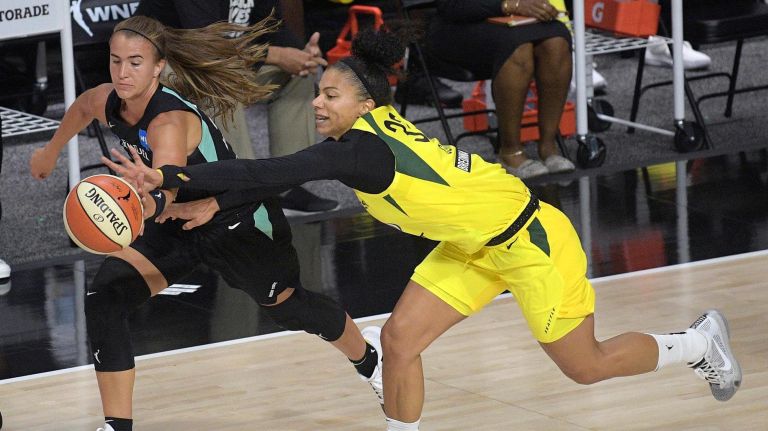
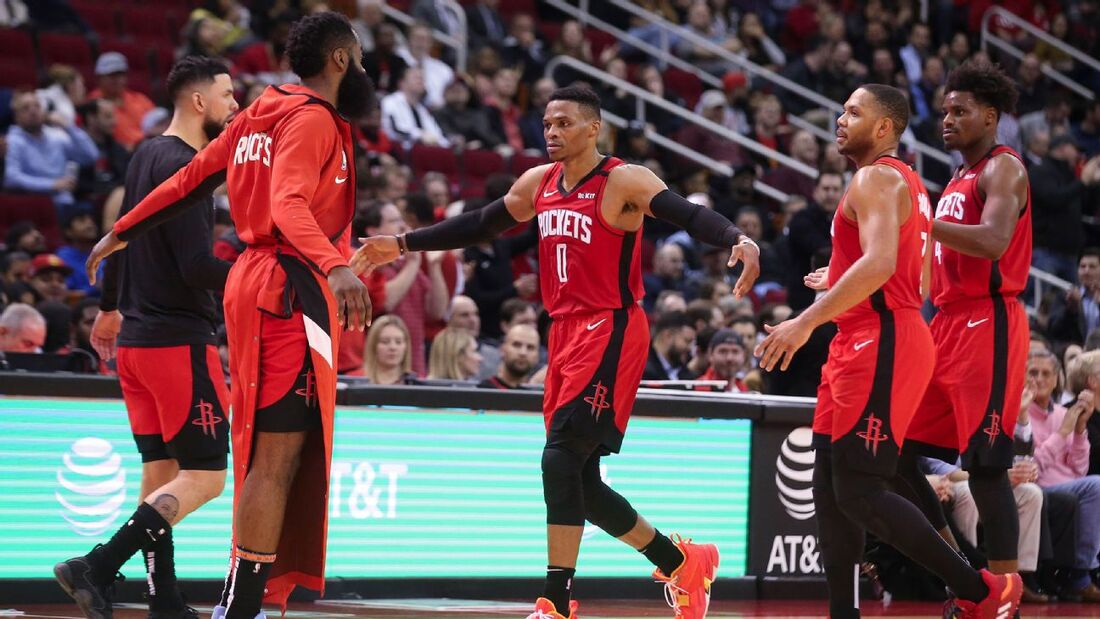
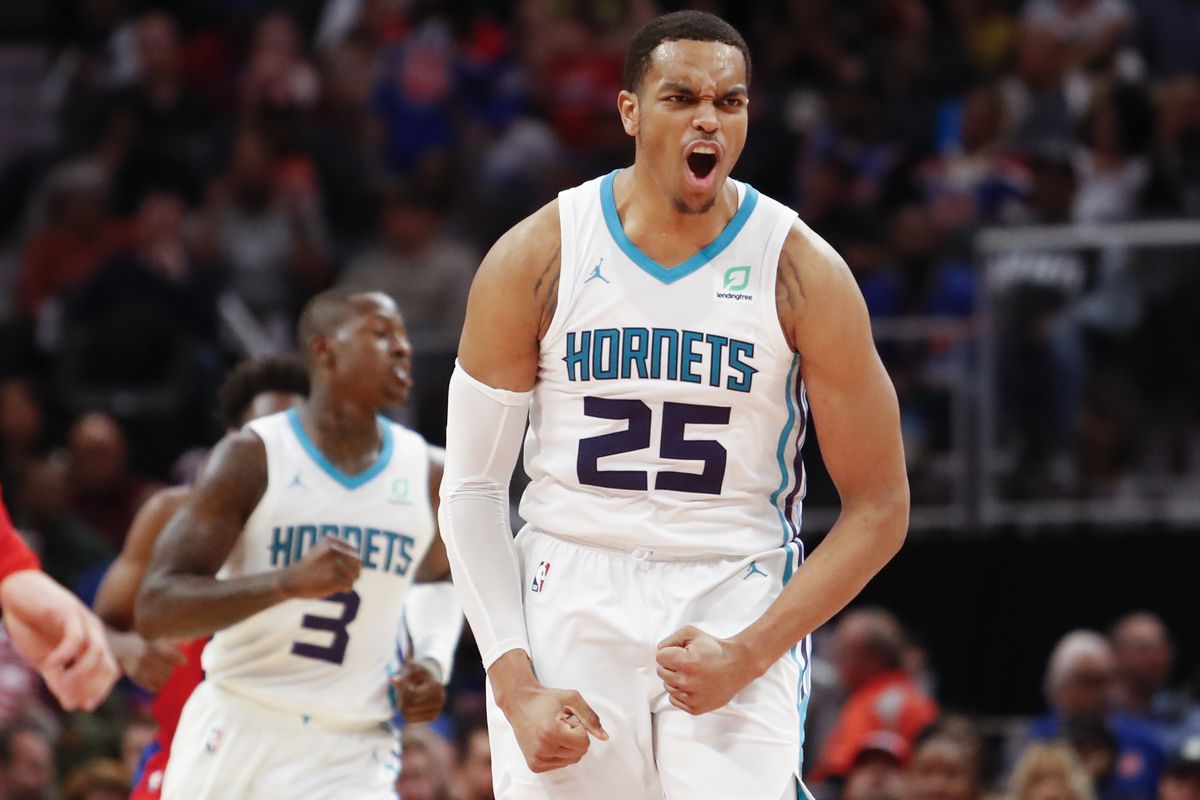
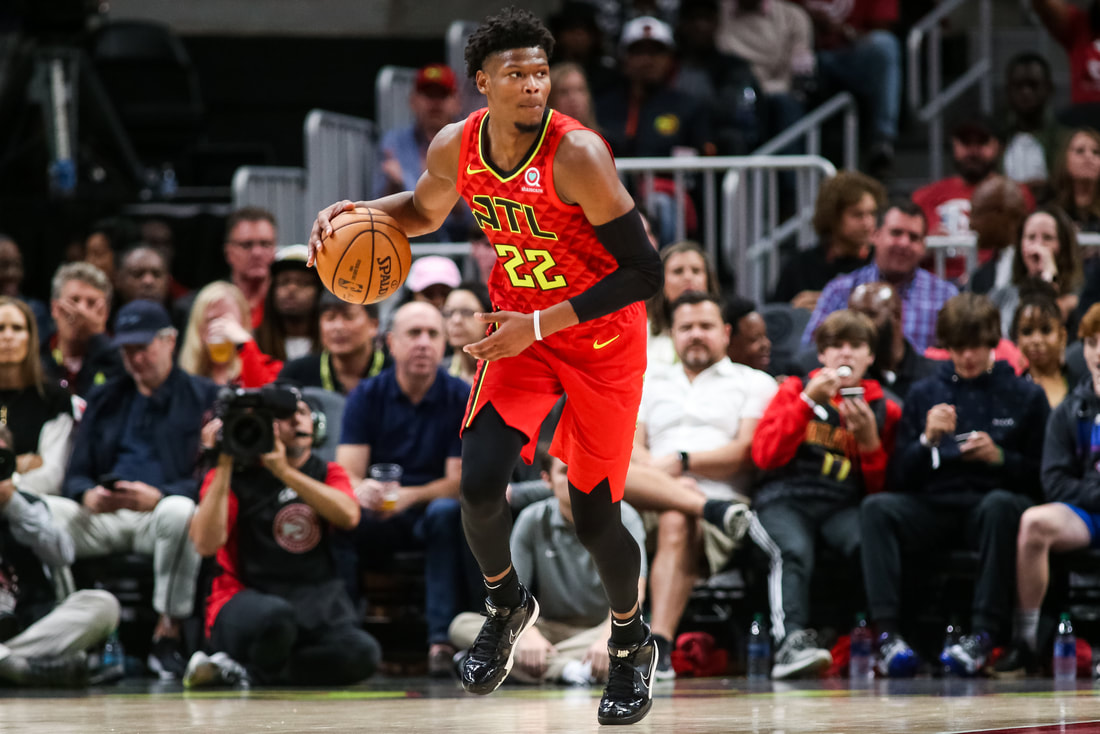
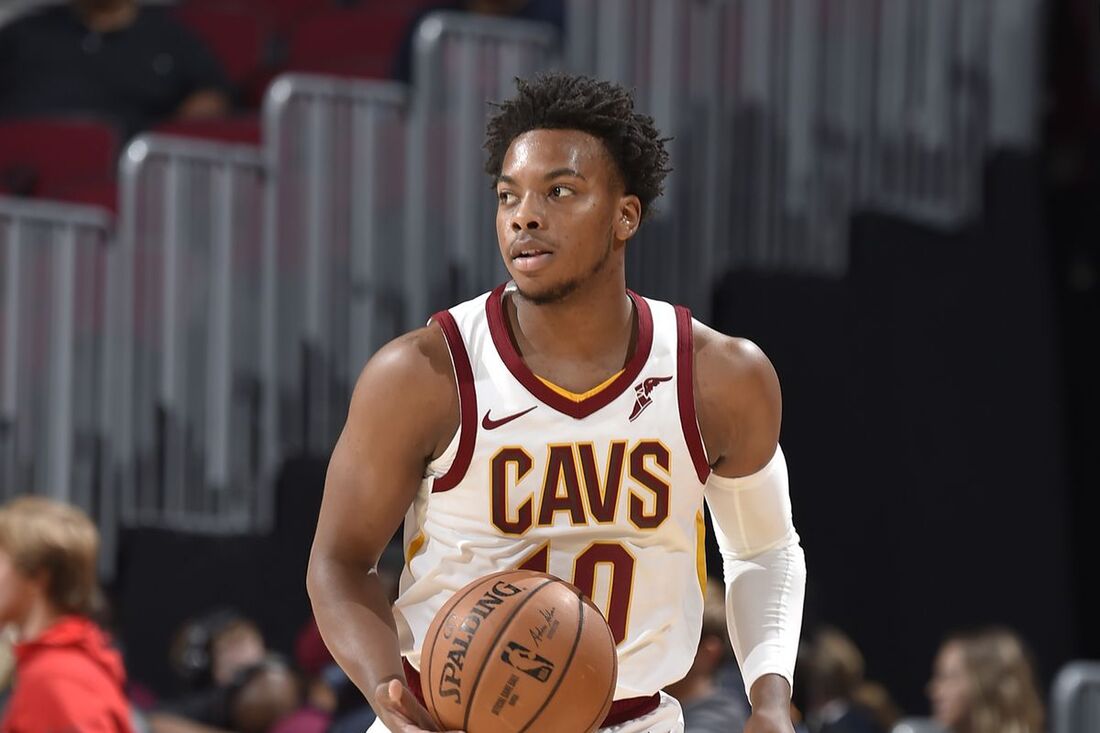
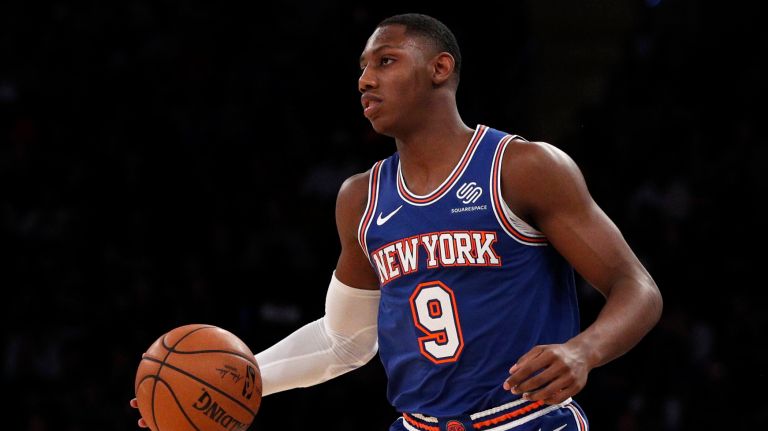
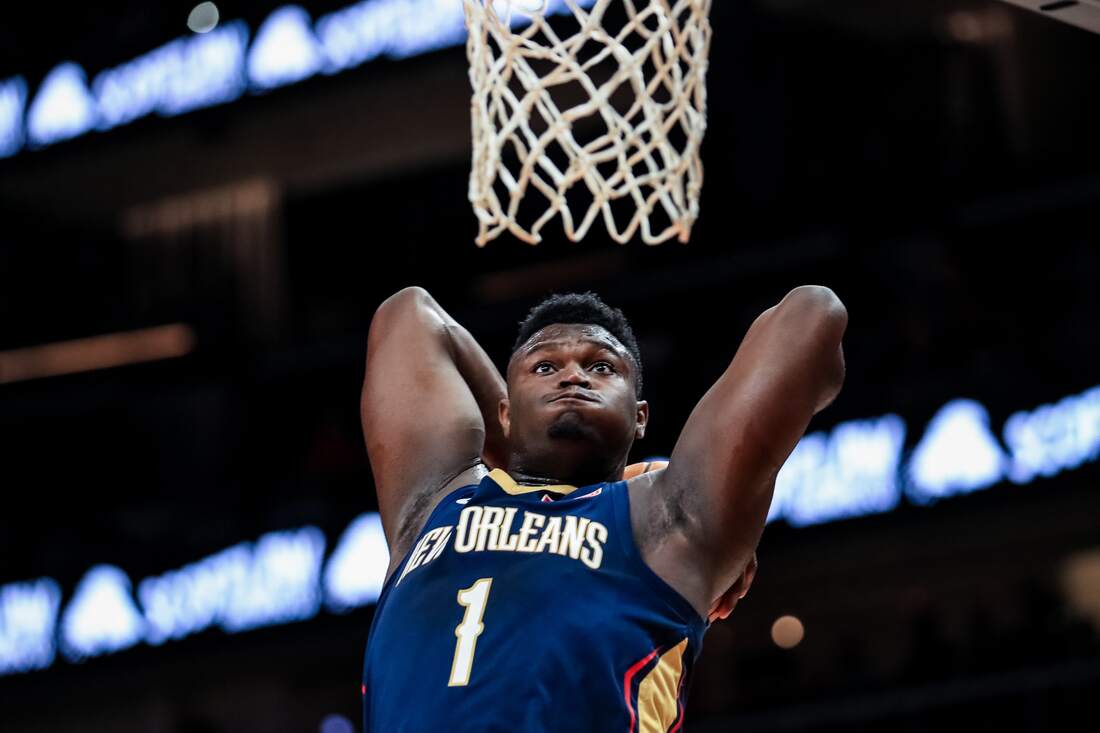
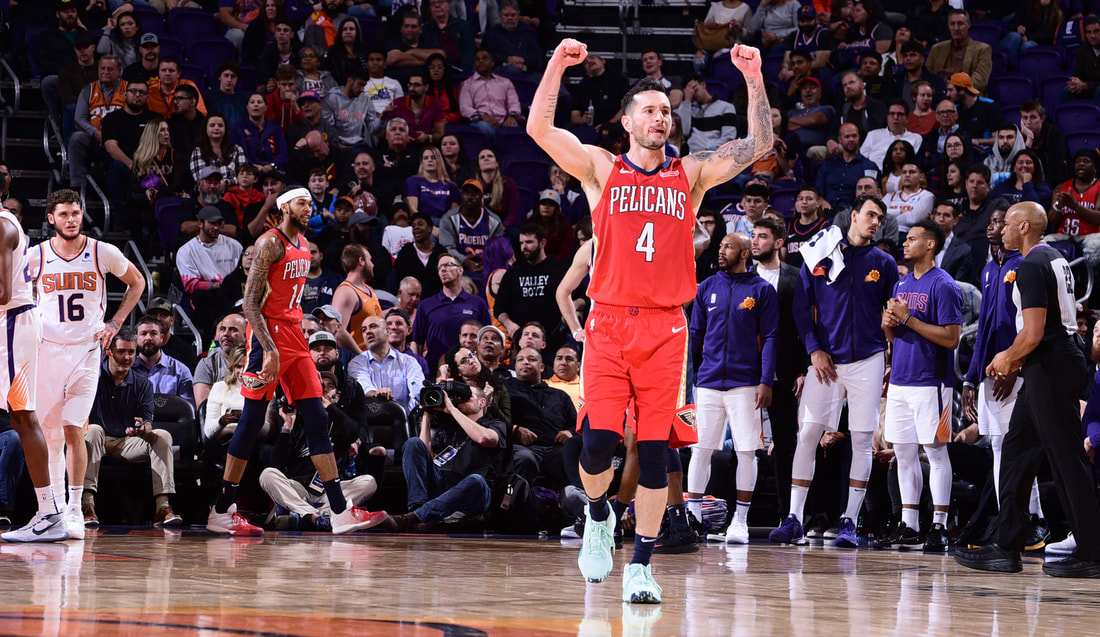
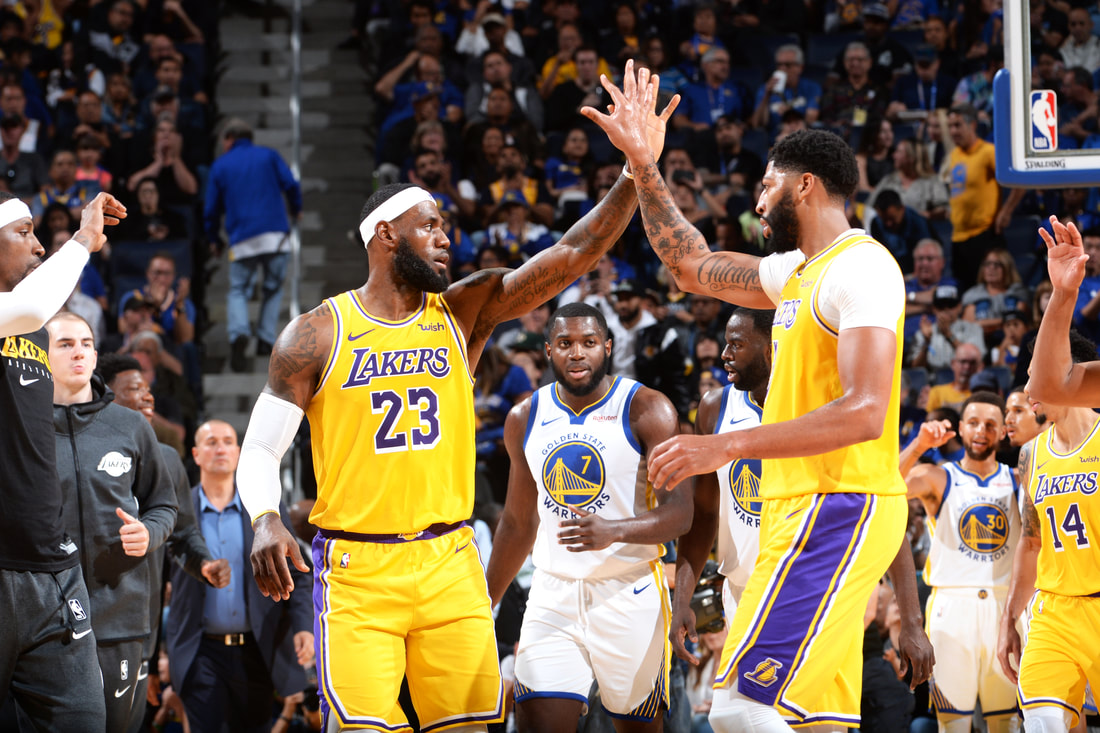
 RSS Feed
RSS Feed
